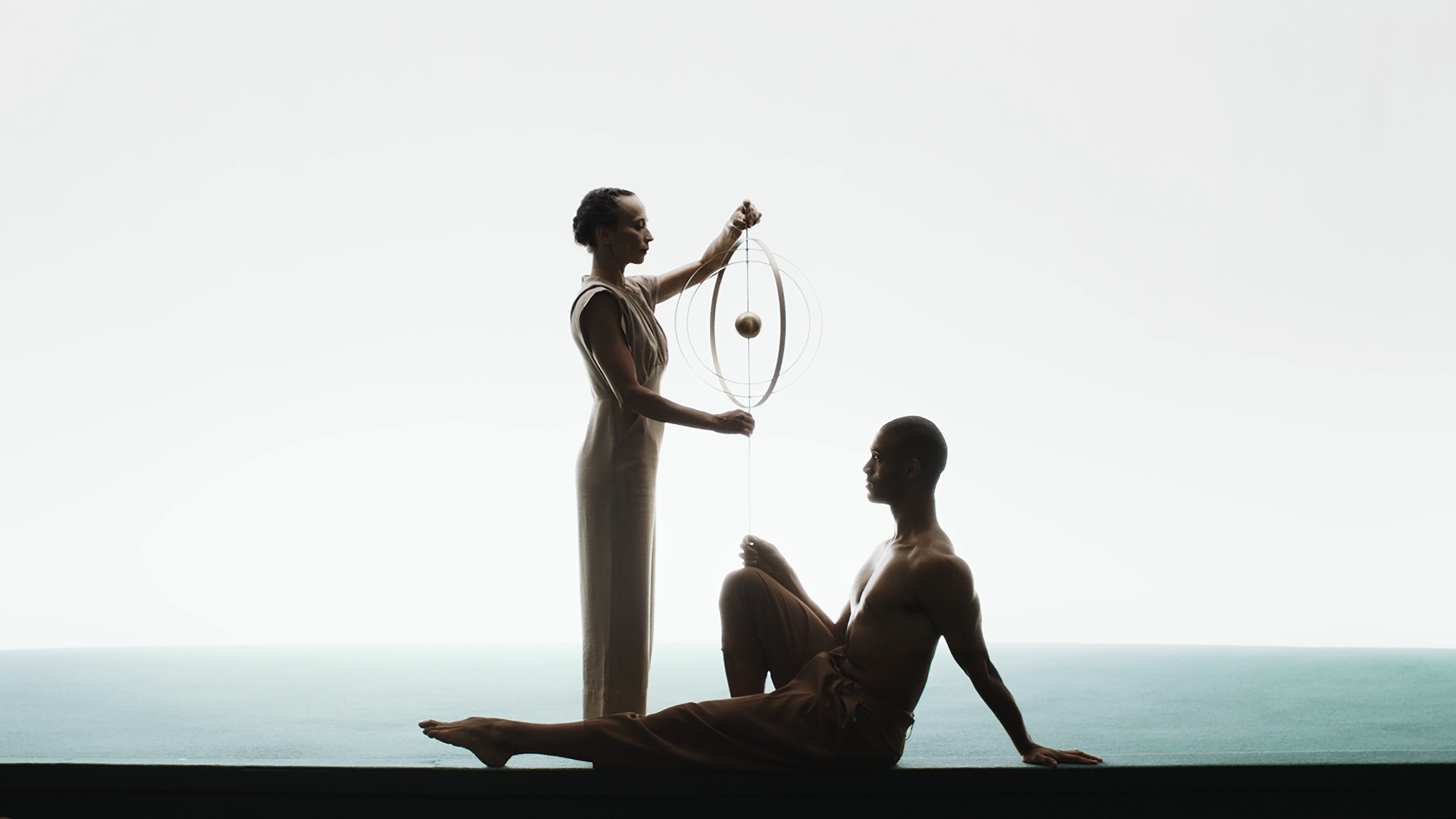Marcel Mauss, The Gift, selected, annotated, and translated Jane I. Guyer (Chicago: Hau Books 2016), 8.
The “four freedoms”—freedom of speech, freedom of worship, freedom from want, and freedom from fear— were originally coined in 1941 by US President Franklin D. Roosevelt to instill hope for a better future and foster unity among people.
For an in-depth analysis of the Palace of Culture and Science and its socio-political past and present, see Michal Murawski, The Palace Complex: A Stalinist Skyscraper, Capitalist Warsaw, and a City Transfixed (Bloomington: Indiana University Press, 2019).
For a detailed analysis of the competition, see Ciro Luigi Anzivino and Ezio Godoli, Ginevra 1927: Il concorso peri l palazzo della societa’ delle nazioni e il caso le Corbusier (Florence: Modulo editrice, 1979).
Minutes of the second session of the works of the Jury (January 1926), 31-33, League of Nations’ Archives 32/49424/28594, cited in Ilda Delizia, Fabio Mangone, Architettura e Politica: Ginevra e la Società delle Nazioni, 1925-1929 (Rome: Officina Edizioni, 1992), 26.
Congressional Record, 1941, vol. 87, part I, cited in “The “Four Freedoms” Franklin D. Roosevelt’s Address to Congress January 6, 1941, Chapter 36,” in Philip Lee Ralph et al., World Civilizations (W. W. Norton Publishing, February 4, 1997). See ➝.
The Atlantic Charter was issued on August 14, 1941 and set out American and British goals for the world after the end of World War II.
Maureen Hart Hennessey and Anne Knutson, Norman Rockwell (Atlanta: High Museum of Art, 1999), 102.
In his aforementioned book, Mauss acknowledges the potential obligations linked to receiving a gift, as recipients are already aware of the psychological and social complexities associated with the act of giving, such as reciprocity. Mauss, The Gift, 8.
